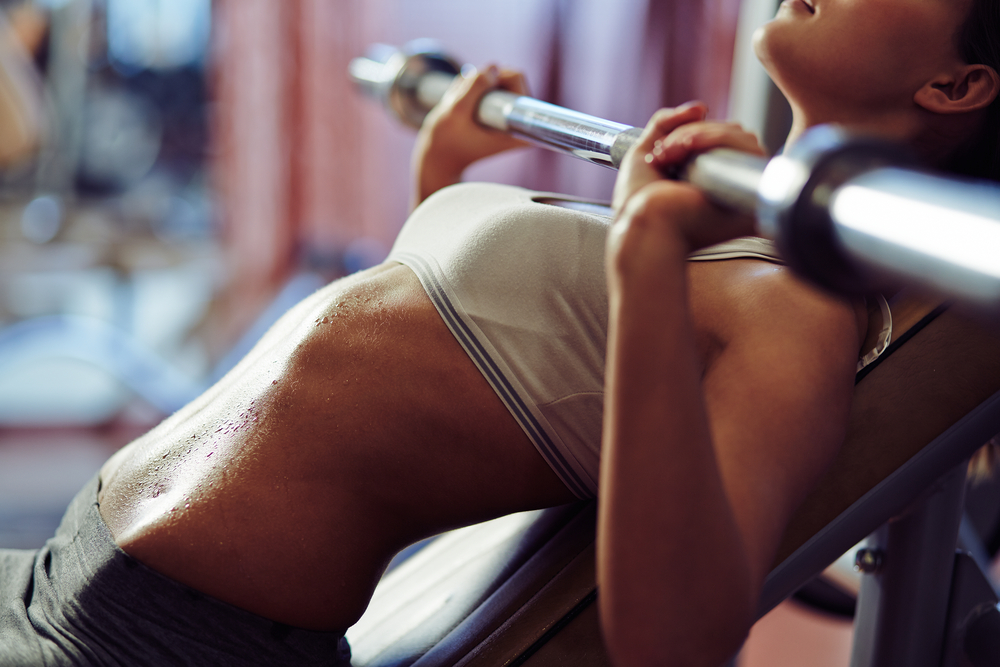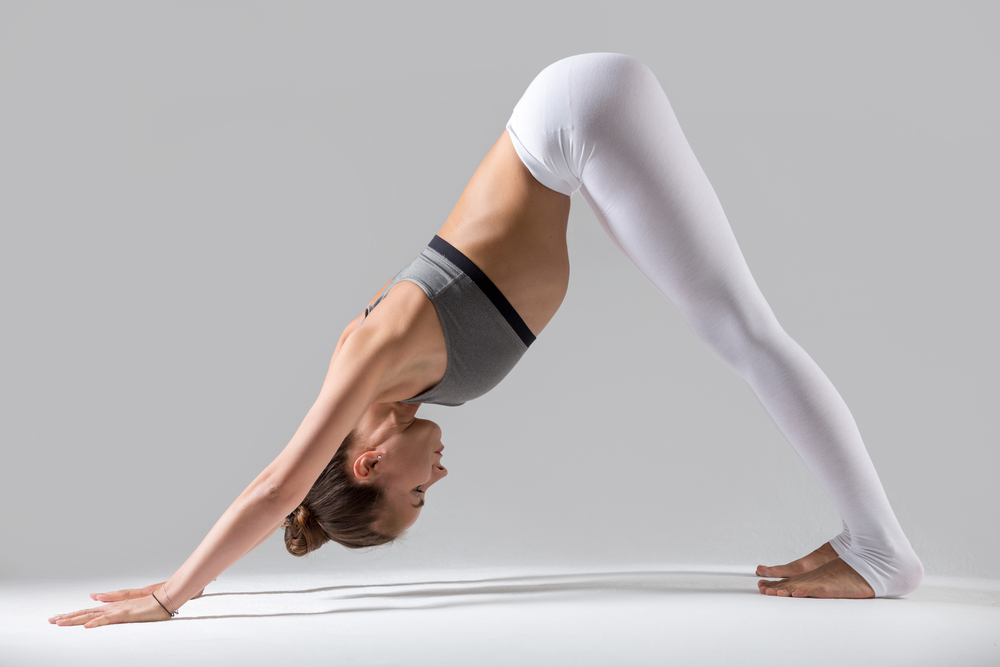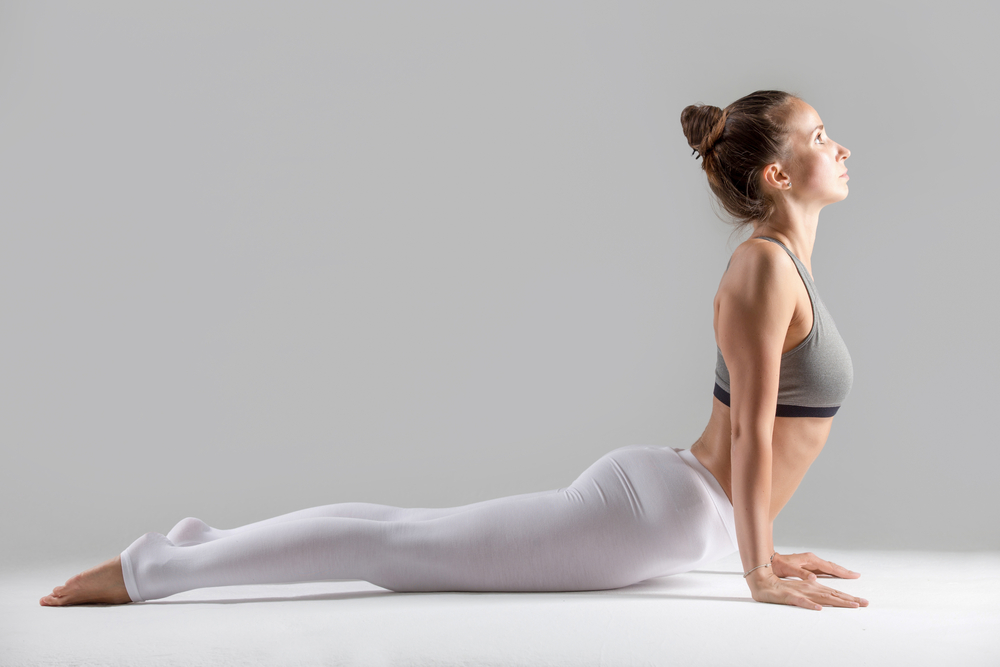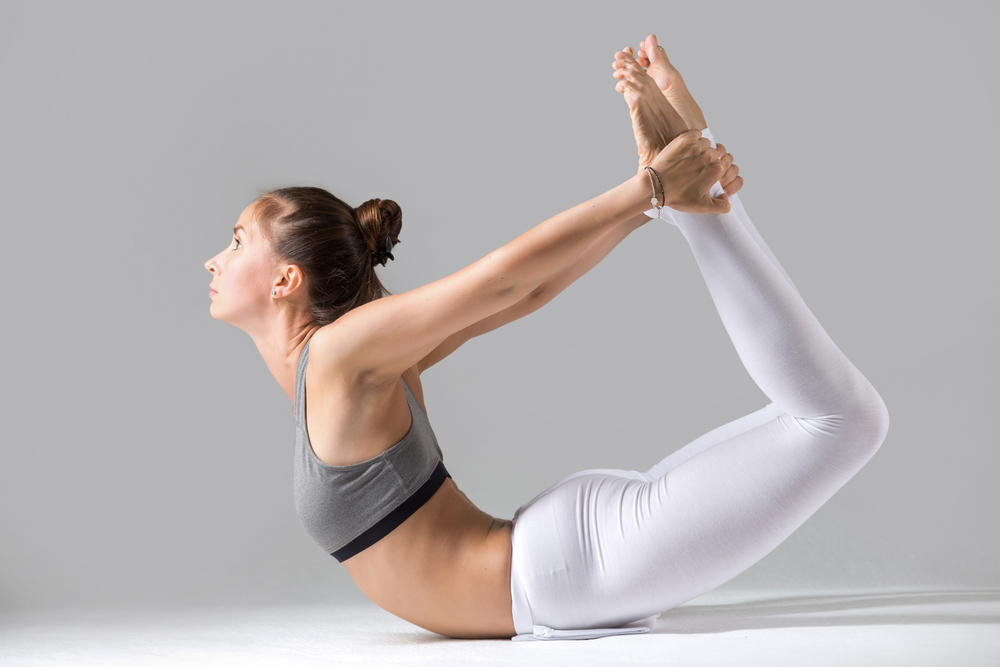
Do you often get skin rashes, pimples, excessive sweating, have bad breath, or body odor? If yes, you are most likely having an imbalance in your Pitta dosha. But no worries, here’s how to balance Pitta dosha.
Other indications of Pitta imbalance are hyperacidity, hypertension, inflammation of the joints, bleeding, burning sensations, excess eliminations, nausea, or diarrhea.
And Pitta imbalance generates excess heat in the body, resulting in acid reflux, gas, and indigestion. Anger and irritability are also a result of an imbalance in Pitta dosha.
The imbalance in the Pitta dosha often results from excessive intake of hot, spicy, sour, fried, oily, and foods packed with chemicals.
Lifestyle factors that aggravate Pitta include excess sun exposure, hot weather, and excessive physical exercise. Also, too much mental stress, workload, and competition can aggravate Pitta.
An imbalance in Pitta can manifest psychological issues as low self-esteem, indecisiveness, depression, lack of interest in life, anxiety, pessimism, and mental dullness.
If you are not sure what your dosha is, get your free dosha blue print.
How to balance Pitta dosha
You can balance Pitta dosha by avoiding excessive heat, excessive oil, steam rooms, or sauna, limiting salt intake, eating cooling and non-spicy foods, and doing light exercises during the day.
You can also balance Pitta dosha through the five senses and with Yoga Asanas.
How to balance Pitta dosha through the five senses
Sound
Sound is our primary sense, and every sound has a psychological effect. Therefore the sound can either calm or aggravate a particular dosha.
You can balance Pitta dosha by listening to more relaxed and sweeter sounds like rainfalls, ocean waves, waterfall, or running streams.
Touch
The sense of touch can affect the body and mind profoundly. Abhyanga self-massage is a great way to calm the doshas. Ayurveda suggests Pittas use cooling and soothing oils like coconut, sunflower, and olive.
Sight
Different colors & images can also affect the body and mind. They can either relax or excite us. Cool and soft colors like whites, greens, and blues balance the Pitta dosha.
Taste
You can balance Pitta dosha by eating more bitter, sweet, and astringent tastes. (six tastes of Ayurveda)
Smell
Another great way to balance Pitta is smelling a mixture of sweet and cool aromas like lavender, sandalwood, cinnamon, and jasmine.
How to balance Pitta Dosha with Yoga Asanas
Yoga asanas are a great and my favorite way to calm the doshas. Each asana stimulates one of the five elements in the body.
To pacify Pitta dosha, you should practice the poses which stimulate the solar plexus.
Sun salutations – Surya Namaskar
Sun Salutations, also called Surya Namaskar, is a set of asanas that honors the most powerful element in our solar system – the Sun and harnesses its energy. Without the Sun, there would be no life on planet earth.
During the Sun Salutations, we appreciate the Sun and remember the higher power responsible for life. It is an opportunity to be grateful for our yoga practice, and it adds sacredness to our practice.
It is a rhythmic combination of breathing and asanas. This rhythmic practice brings harmony to the system by aligning it with nature. In addition, it can awaken the spiritual energies and help us experience the higher self.
The practice of Surya Namaskar activates the Pingala Nadi in our subtle body and directly impacts the activity of the solar plexus, which is also called the midbrain.
Surya Namaskar can be a complete sadhana by itself, including mantra, asana, breathing, and meditation.
It is also helpful for a beginner yoga practitioner as it helps make the spine supple and reduces excess body fat.
A few rounds of Sun Salutations done at a fast pace can give an excellent cardiovascular workout. They can be very grounding, meditative, and relaxing when done at a slower pace.
For step-by-step instructions, click here.
Downward Facing Dog – Adho Mukha Svanasana

INSTRUCTIONS
- Come into Child pose and stretch the arms forward and firmly plant the hands on the floor.
- Lift the body up on your hands and knees.
- Check the position of your hands; the distance between the two hands should be shoulder-width apart.
- Feet and knees can also be hip-width apart.
- Tuck your toes under and lift the tail bone towards the ceiling.
- Gradually straighten your legs and make a gentle effort to press the heels down and chest towards your thighs.
- Keep the ears between the biceps, and the neck relaxed.
- To come out of the pose, bring knees down to the floor and rest in Child pose.
Downward facing dog stretches the shoulders, hamstrings, calves, arches, and hands. It relieves any back pain, headache, fatigue, and insomnia.
You may avoid this pose if you suffer from carpal tunnel syndrome, high blood pressure, or having a headache or diarrhea.
Leg Raise – Viprita Karni
INSTRUCTIONS
- Lie on your back.
- Lift the legs on the wall.
- Buttocks are touching the floor and the wall.
- Knees and feet together.
- Feet pulled towards the body.
- Keep shoulders rested, lengthen the neck down.
- Close your eyes.
- Rest your hands on the belly or by the side.
- Keep breathing
- Bend the knees to the chest and carefully roll down to the right side to come out of the pose.
Forward bends
Standing Forward Bend – Hastapadasana
In standing forward bend, you stretch all the back muscles of your body. This pose increases the flow of blood and stimulates the nervous system. And it tones all the abdominal organs.
Seated Forward Bend – Pachimottanasana
The seated forward bend stretches the spine and makes it flexible. If you are still young and in your puberty, it can help you increase your height. It massages and tones the abdominal-pelvic organs, including the liver, pancreas, spleen, kidneys, and adrenal glands.
It is superb for women after delivery. A regular Practice of the seated forward bend cures impotence and enhances sexual appetite.
For step-by-step instructions, click here.
Cobra Pose- Bujangasana

The cobra pose brings flexibility to the upper back. It opens the chest, improves breathing, and relieves breath-related disorders. In addition, it tones the liver, massages the kidneys, liver, pancreas, adrenal glands, and reproductive organs.
For step-by-step instructions, click here.
Bow Pose – Dhanurasana

INSTRUCTIONS
- Lie on your stomach with your legs and feet together, arms beside the body, and chin on the floor.
- Bend the knees, bring the heels close to the buttocks.
- Roll the shoulders back and open them up, and grab the ankles with your hands.
- As you breathe in, raise the head, chest, thighs, and legs off the floor.
- Keep the legs shoulder-width apart. As you become more flexible, you can bring the legs closer to each other.
- Arch the back and keep the arms straight.
- Slightly tilt the head back and the feet up.
- The abdomen should support the entire body on the floor.
- Hold here for as long as is comfortable and keep breathing.
- Slowly relax and release the legs, thighs, chest, and head to come out of the pose.
The bow pose strengthens and stretches the upper back and helps to correct a hunched back. Dhanurasana opens up the thoracic cavity and relieves asthma. It relieves gastrointestinal disorders, constipation, and sluggishness of the liver.
You may avoid this pose if you are pregnant or suffer from any heart conditions, high blood pressure, hernia, colitis, and peptic or duodenal ulcers, lower spine swelling.
The bow pose is an energizing posture; it activates the adrenal glands and sympathetic nervous system, so it is best not to practice it before sleep as this may keep you up all night.
Make sure to leave us a comment below. We love to hear form you.